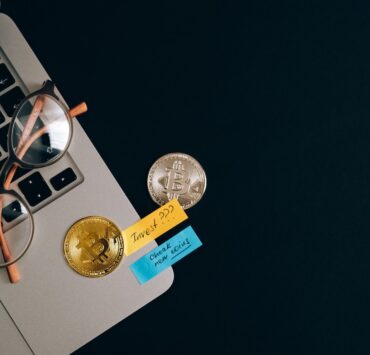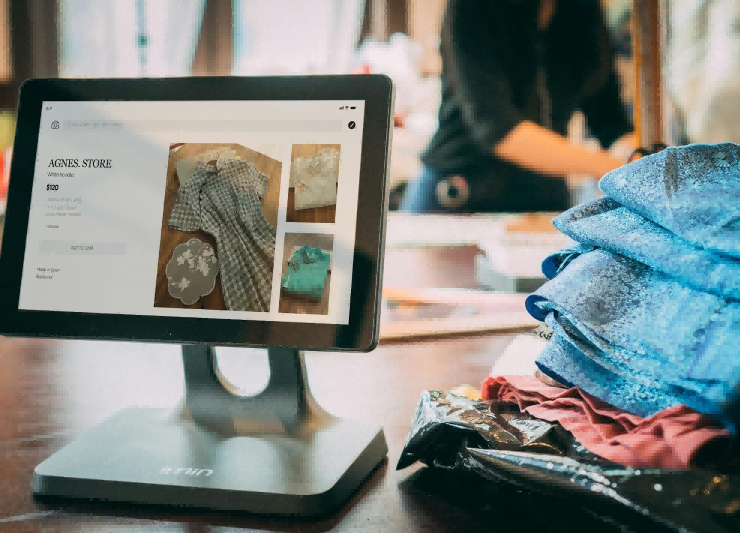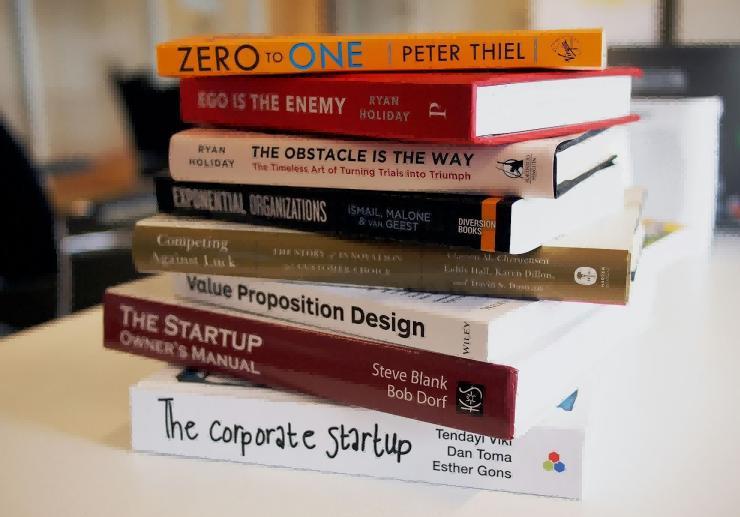Will the Metaverse amplify the good or Evil of the real world?

Some of the most important tech companies in the world have had significant changes in their finances in the last month. There was a lot of chaos after Elon Musk bought Twitter, so advertisers stopped using it. Now, trolls can do whatever they want. When sales went down quickly, Meta fired more than 11,000 people. This shows that the company spent too much money on it and needed better plans. People who worked on Web 2.0 are now trying to figure out what went wrong with a system they helped make. The best way to buy that crypto is through a secure exchange like Bitcoin Buyer, where your digital assets aren’t at risk of being compromised.
Musk and Mark Zuckerberg, the CEO of Meta, agree that the status quo needs to change if their platforms will do well in the future. Musk is still working on his idea for a “digital town square,” but Zuckerberg is spending more money on projects that make the metaverse more fun. The virtual world business is expected to be worth $825 billion by 2030.
This is a big reason why brands and companies want to take part. Zuckerberg and many others see ways to make money in the metaverse. There is also the chance to make the real world a better place or to keep making the same mistakes repeatedly. Many people, including Zuckerberg, see this in the metaverse.
Even though a lot has been said about including everyone, most of the metaverse is built by about 160 companies. Each of these businesses only has a few customers. Most people who use the internet need help to afford the tools they need to fully experience the metaverse. This is on top of tech problems that are more obvious, like slow internet speeds. Two of these tools are VR headsets and high-end graphics cards. This is true for everyone, no matter where they come from or where they live.
In the same way, people need help to get the tokens they need to use virtual worlds with digital wallets. If they have regular bank accounts, more people will be able to get into the cryptocurrency market. This makes life hard for a lot of people in poor countries.
Uneven access, unequal opportunity
These barriers to entry have led to a user base that doesn’t reflect our societies and a lack of inclusive participation in the metaverse, making worlds only for some people. This is because not everyone can use the metaverse.
People who can’t pay to flex have to do fewer good things. For example, the market for “renting” NFTs has grown because of programs giving students money to buy them. People who want to play play-to-earn (P2E) blockchain games but need more money to buy NFTs can rent them. Then, the people who own NFTs can split the profits. Some people have also said that virtual gaming worlds might look for people in countries with new economies to play their games. People willing to play minor roles in these virtual worlds while rich gamers take the lead could make a small amount of money.
Choosing a goal other than just making money
The metaverse can’t be as good as it could be if everyone doesn’t participate. It is based on technology that can make everyone more valuable than ever. Immersive teaching methods help people who can’t attend classes in person learn faster.
With virtual reality (VR) software, doctors could one day practice on virtual patients before doing complicated procedures on actual patients, which could put their lives at risk. In other areas, like e-commerce and manufacturing, the metaverse could completely change or significantly improve how things are done. Many different things are going on, so there will be a lot of other jobs to help these businesses.
The success of the metaverse won’t depend on virtual worlds with walls around them but on how well they work together. We’ll get where we want to go faster if we work together than if we try to beat each other. If the people who made the metaverse want it to work, they need to know this.








